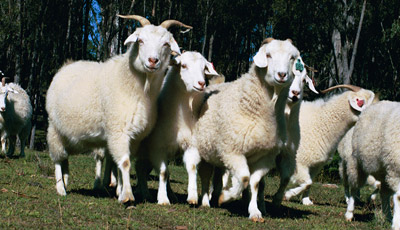King_olaf_the_hairy
Semi-Pro
I started thinking about this last October, when I was making a wee post on Reddit to commemorate the 90th birthday of Neale Fraser. As someone who admires players who demonstrated great combined singles/doubles prowess, I'm a fan of his. "Only" three singles majors, and never won his home slam despite appearing in three finals, but eleven doubles majors with three different partners. And he's one of only three men in history to successfully defend a Triple Crown, which he did at the US Nationals in 1959 & '60 (Budge and Tilden are the other two).
As I was writing the post, I thought I'd check out the Tennis 128 as I frequently do. Where was Fraser on Sackmann's list? Turns out... he wasn't. Twelve men and three women, but the Melbourne native doesn't make the cut. Jeff's complete ranking of Aussies are as follows:
Men:
Women:
The women's list is kinda indisputable, but the men's is a really interesting one. I'm sure most people (@Dan Lobb being an obvious exception) would have Laver and Rosewall at #1 and #2, but Bromwich above Hoad? Roche/Quist above Cooper? Maybe you'd shuffle Newcombe, Emerson, and Sedgman around? Perhaps you'd bump a couple of these old geezers off to make way for Rafter and Cash? Would you have Brookes and Wilding, or does a pre-WWI cut-off make sense?
My personal top 10 considers singles/doubles combined, and is grouped into tiers rather than ranked (I'm becoming less amenable to splitting hairs nowadays in these conversations). Within each tier it's chronological. I really, really struggled to get it down to ten, and I'm not convinced I have it completely right. And sub-ranking the four guys in tier 2 would be a proper challenge:
Interested to hear everyone else's opinions. And no restrictions here; you can have a top twelve like Sackmann, or a top 10, or a top 5. You can have tiers if like me you're averse to splitting hairs. Peak performance, cumulative accomplishments... anything goes.

A group of Australian (Cashmere) Goats
As I was writing the post, I thought I'd check out the Tennis 128 as I frequently do. Where was Fraser on Sackmann's list? Turns out... he wasn't. Twelve men and three women, but the Melbourne native doesn't make the cut. Jeff's complete ranking of Aussies are as follows:
Men:
- Laver (#1)
- Rosewall (#15)
- Newcombe (#52)
- Emerson (#55)
- Sedgman (#60)
- Bromwich (#70)
- Hoad (#74)
- Crawford (#83)
- Lleyton Hewitt (#84)
- Roche (#103)
- Quist (#119)
- Cooper (#122)
Women:
- Court (#18)
- Goolagong (#59)
- Barty (#101)
The women's list is kinda indisputable, but the men's is a really interesting one. I'm sure most people (@Dan Lobb being an obvious exception) would have Laver and Rosewall at #1 and #2, but Bromwich above Hoad? Roche/Quist above Cooper? Maybe you'd shuffle Newcombe, Emerson, and Sedgman around? Perhaps you'd bump a couple of these old geezers off to make way for Rafter and Cash? Would you have Brookes and Wilding, or does a pre-WWI cut-off make sense?
My personal top 10 considers singles/doubles combined, and is grouped into tiers rather than ranked (I'm becoming less amenable to splitting hairs nowadays in these conversations). Within each tier it's chronological. I really, really struggled to get it down to ten, and I'm not convinced I have it completely right. And sub-ranking the four guys in tier 2 would be a proper challenge:
- Rosewall, Laver (but Rod in front really)
- Sedgman, Hoad, Emerson, Newcombe
- Crawford, Cooper, Fraser, Roche
Interested to hear everyone else's opinions. And no restrictions here; you can have a top twelve like Sackmann, or a top 10, or a top 5. You can have tiers if like me you're averse to splitting hairs. Peak performance, cumulative accomplishments... anything goes.

A group of Australian (Cashmere) Goats
